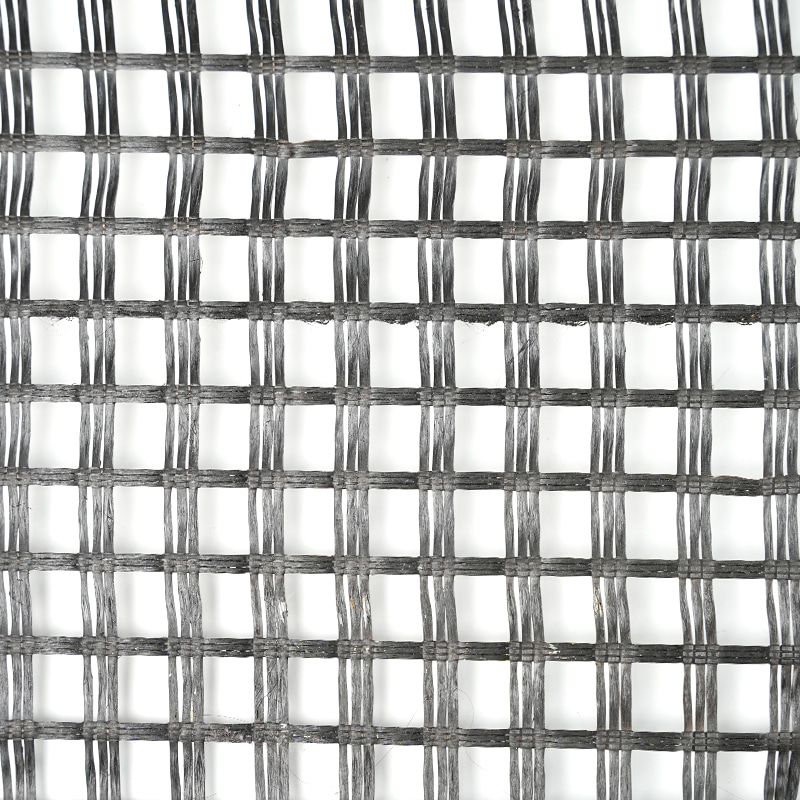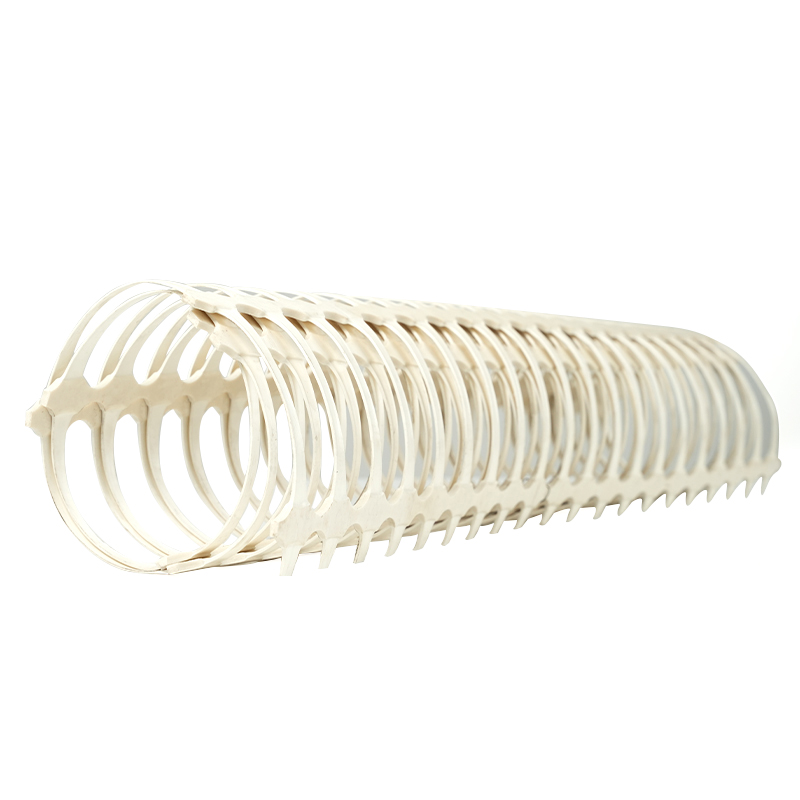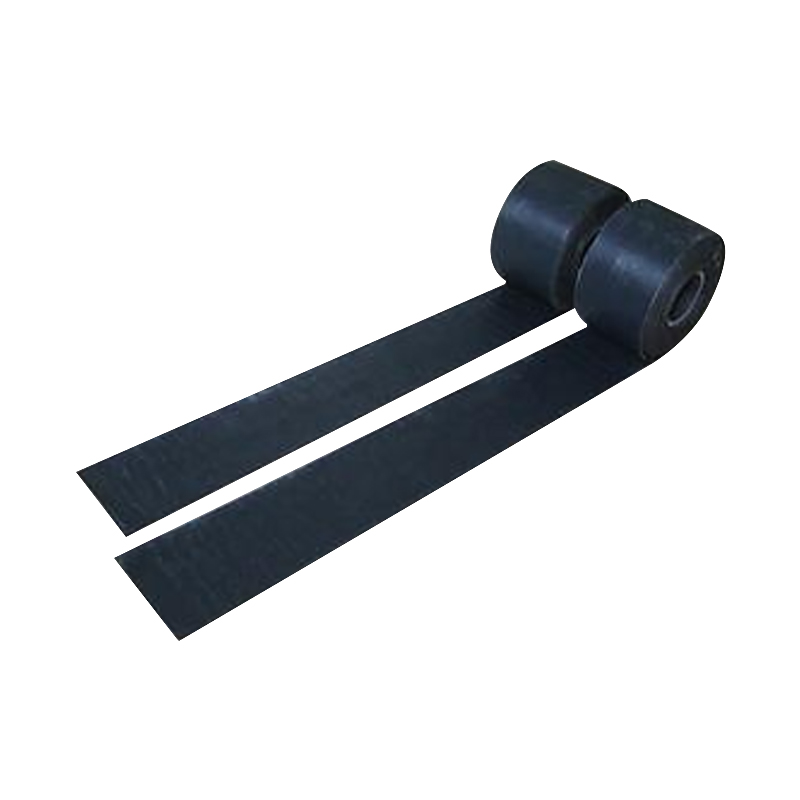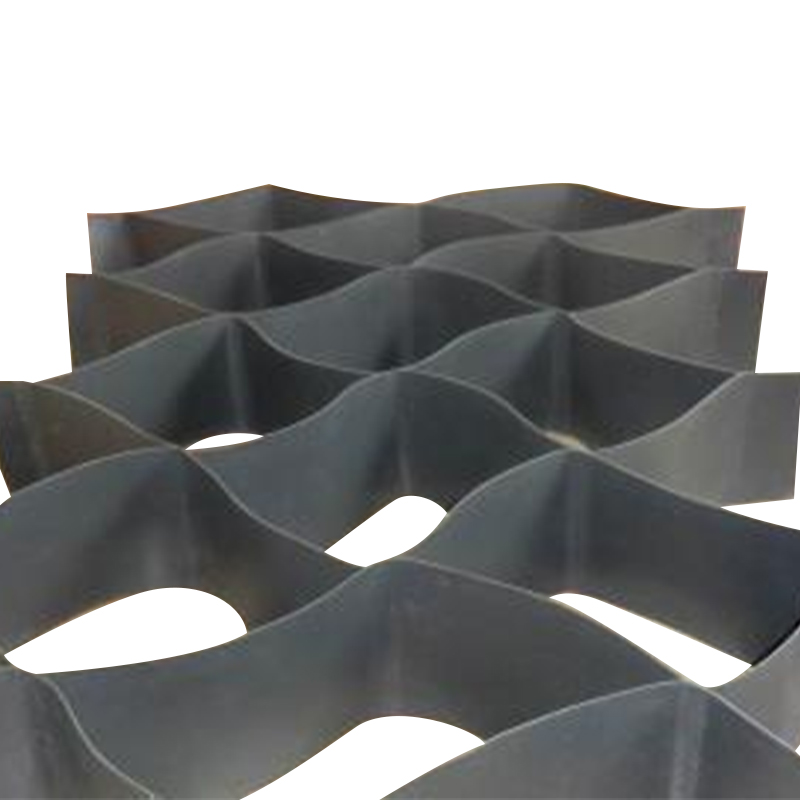Geogrid is a type of geosynthetic material primarily used to enhance the load-bearing capacity and stability of soil. It provides additional support and constraint within the soil, thereby improving its mechanical properties. Geogrids are typically made from high-strength polymer materials and have a grid-like structure that interacts with soil particles, forming a composite that boosts the overall performance of the soil.
Steel plastic geogrid Durability
Steel plastic geogrid is a special type of geogrid that combines the advantages of steel wire and plastic, offering exceptional durability and mechanical properties. This material is made by mixing high-strength steel wire treated with polyethylene (PE) or polypropylene (PP) additives, followed by an extrusion process to create a composite high-strength tensile strip. The surface is then roughened with a textured pattern. This unique manufacturing process ensures that Steel plastic geogrid not only possesses the high strength and corrosion resistance of steel wire but also the flexibility and weather resistance of plastic.
High Strength and Tensile Properties
The high strength and tensile properties of Steel plastic geogrid are key factors in its durability. The high strength of steel wire ensures that the material can withstand heavy loads and stress without easily breaking, while the flexibility of plastic allows the material to maintain some elasticity under external forces, avoiding brittle fractures. This composite structure ensures that Steel plastic geogrid can maintain stable mechanical properties over long-term use and will not be damaged due to stress concentration.
Corrosion Resistance
The corrosion resistance of Steel plastic geogrid is also an important guarantee of its durability. After special treatment, the steel wire has excellent corrosion resistance and can be used for a long time in various harsh environments without rusting easily. At the same time, plastic materials themselves have excellent chemical corrosion resistance and can resist the erosion of acids, alkalis, and salts in the soil. Therefore, Steel plastic geogrid can maintain good performance in various soil environments and will not be affected by corrosion in terms of service life.
Weather Resistance
Steel plastic geogrid also has good weather resistance and can be used for a long time in various climatic conditions. Plastic materials have excellent UV resistance and can be used for a long time under direct sunlight without aging and becoming brittle. At the same time, the high strength and corrosion resistance of steel wire ensure that the material can maintain stable performance in high-temperature, low-temperature, and humid environments. Therefore, Steel plastic geogrid can maintain good durability in various climatic conditions and will not be affected by environmental changes in terms of usage effect.
Long-Term Stability
The long-term stability of Steel plastic geogrid is also an important manifestation of its durability. Through special reinforcement bonding methods (such as ultrasonic welding technology), the intersections are welded to form an enhanced geogrid, ensuring that the material can maintain a stable structure and performance over long-term use. This stable structure ensures that Steel plastic geogrid can play an important role in various engineering applications and will not lose its function over time.
Content



 中文简体
中文简体 русский
русский عربى
عربى













